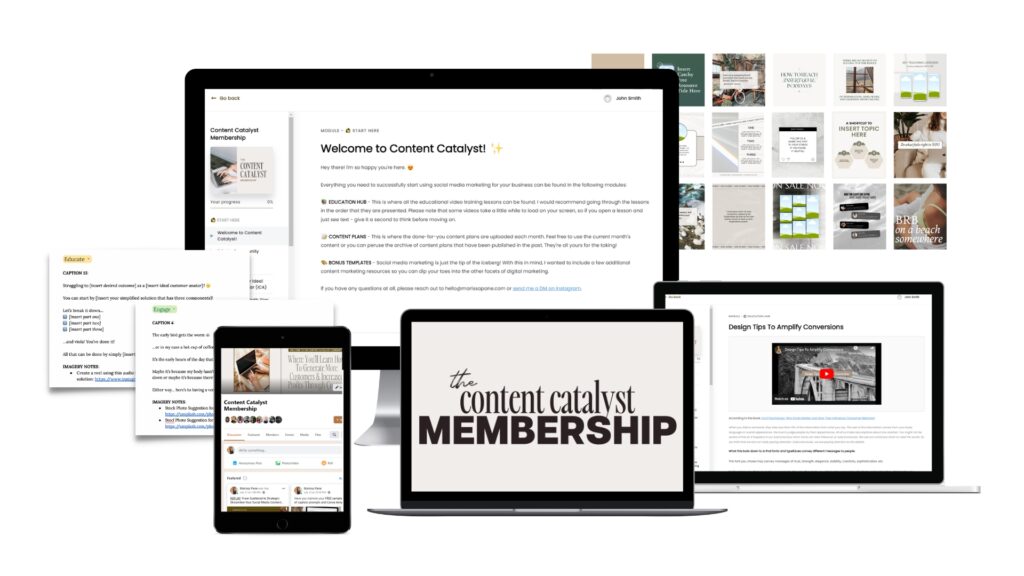Ever wonder why some posts make you stop in your tracks while others just blend into the feed? It’s not about being louder or more frequent—it’s all about the psychology behind attention.
Your audience’s brain is making most of the decisions without them even realizing it. No seriously, 90% of all decisions are not made consciously. So by understanding a few key cognitive biases, you can craft content that grabs attention, holds it, and leaves your audience thinking, “Damn, they get me.”
Let’s dig into some psych hacks that’ll help you create content people can’t ignore.
Novelty Bias: Why New > Overplayed Trends
Here’s the thing—your brain loves patterns but gets bored really fast. This is where novelty bias comes in. We’re wired to notice anything new or unexpected. New doesn’t necessarily mean better, but it does mean we notice it more. Back in the day, it helped us avoid danger (oh hey, new berry species… is it poison?). Now it just helps us avoid boring content. 🙃
How to Use It:
If you want to trigger that novelty bias, you need to switch it up and stand out. Here’s how:
- Throw in some bold headlines or drop a weird, quirky visual that stops people mid-scroll.
- Ditch the cookie-cutter Canva posts for something unusual. Tried a video yet? Infographic? Hell, even a meme—give your audience something they haven’t seen 5 times today.
When you throw something fresh into the mix, your audience’s brain goes, “Whoa, what’s this?”—and that’s when you’ve got them.
The 8-Second Rule: You’ve Got Literal Seconds to Hook Them
Did you know the average attention span is less than a goldfish? Yep, we’re working with about 8 seconds here. Welcome to TikTok brain, where you’ve got to be strategic AF to get people to pause.
How to Use It:
In those few seconds, you’ve gotta lead with your best stuff:
- Open strong with a fact, a shocking statement, or a visual that makes people think, “Hold up, what’s going on here?”
- Give them a taste of what’s coming: Don’t bury your point under fluff. Hit them with the good stuff early so they know they want to stick around.
Catch their attention fast, or you’re back to square one. Bye 👋
Check out this post to learn more about writing captivating hooks for social media.
Cognitive Biases: The Jedi Mind Tricks of Marketing
Here’s the secret sauce: cognitive biases are the little mental shortcuts that help our brains sift through the chaos of content. They’re irrational, predictable, and—if you know how to use them—your secret weapon for scroll-stopping content. Here’s how they work:
Curiosity Gap: Make Them Need to Know More
Ever see a headline like “You Won’t Believe What Happened Next”? That’s the curiosity gap at work, making your brain crave closure. Humans hate not knowing, so when you leave something unsaid, people are wired to stick around to find out the answer.
How to Use It:
- Start with a teaser or a question that leaves your audience hanging, like “What’s the #1 mistake killing your engagement?”
- Hold back just enough info to make them want to keep scrolling or click “read more.” You’re creating a gap in their knowledge—and they need to fill it.
Anchoring Effect: Lead with a Bang
The anchoring effect means that people rely on the first piece of info they get to make sense of everything that follows. This is your chance to set the tone and establish trust, fast.
How to Use It:
- Kick things off with a bold fact or stat that’s going to grab their attention and make them think, “Okay, they know what they’re talking about.”
- Whether it’s a jaw-dropping stat or a no-BS claim, that first hook locks your audience in for the rest of the ride.
Social Proof: FOMO is Real, Babe
People don’t just like social proof—they need it. Whether it’s reviews, testimonials, or those “3,000 people have already bought this” ads, social proof taps into our deep-rooted fear of missing out.
How to Use It:
- Flash those testimonials, client wins, and success stories.
- Throw in some validation like “Join thousands of satisfied customers” or “See why hundreds of clients swear by this strategy.” People want to know they’re not the only ones hopping on the trend.
Let’s Wrap It Up
You don’t need more content—you need better content that taps into the psychology of attention. By using novelty bias, the curiosity gap, and social proof, you can create content that makes people stop scrolling, pay attention, and engage. Think of these cognitive biases as your secret tools for not just grabbing attention but holding it.
Want done-for-you content strategies and tools to make this even easier?
If you loved learning about these psychology hacks, imagine being locked and loaded with an arsenal of content ideas, ready-to-use templates, and social strategy tips to plug into your service-based business right now. That’s what you’ll get as a member of Content Catalyst—your go-to resource for creating social content that attracts, engages, and converts your ideal audience.
Join the Content Catalyst Membership today and start crafting scroll-stopping content without the stress! Click here to sign up.


